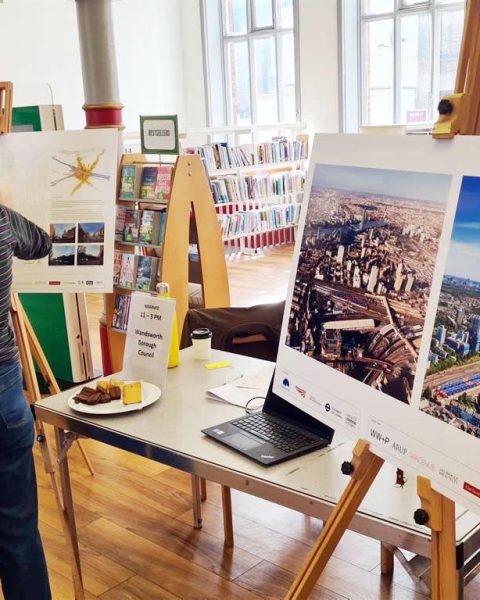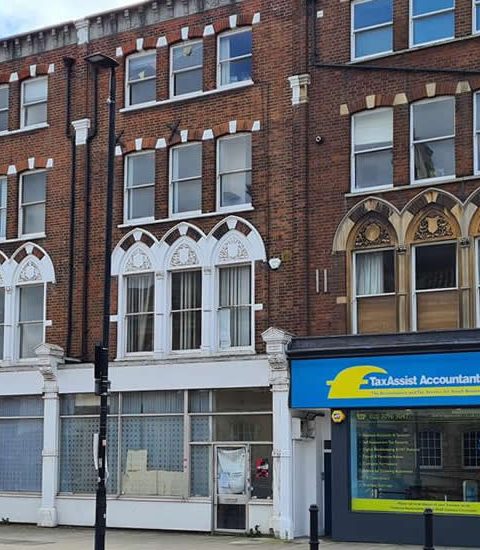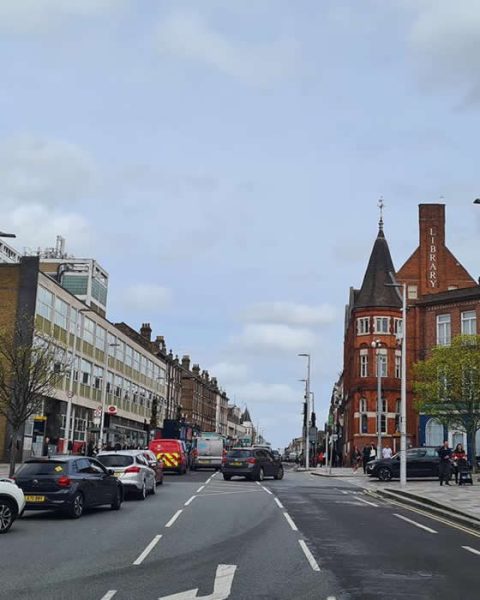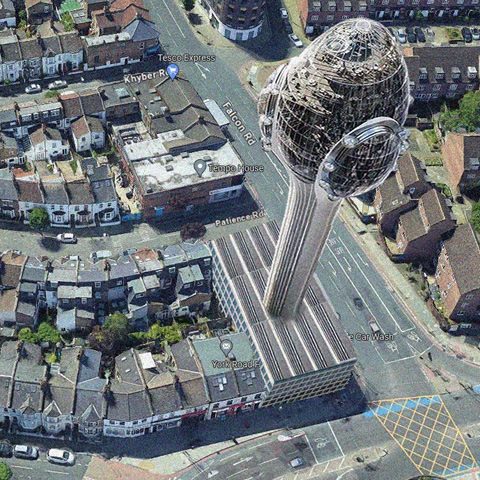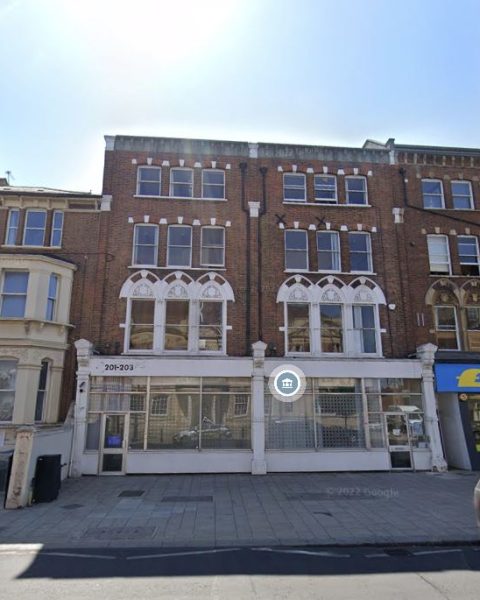Author: Cyril Richert
Interesting article published by Simon Jenkins in the Evening Standard (28 Sept 10) on the danger of current planning policies.
London design has become the Cinderella of metropolitan politics. The policy pursued for a decade by the city’s elected leaders, Ken Livingstone and Boris
Johnson, is to let rip. The civic beauty that was once guarded by the old London County Council is more at the mercy of the market economy than in any other city in Europe.
Indeed, the only policy is so-called soft corruption: a developer can do what he likes if he gives the Government money or a favour. Thus the gigantic 48-storey Doon Street tower of luxury flats shortly to rise behind the National Theatre was allowed only after its developer promised that its swimming pool would be open to “local people” — though not the millions of Londoners who will endure its presence for the rest of their lives.
I can just remember the streets of Walworth before they were demolished to make way for Aylesbury. They had become run-down but they were not mean. In Notting Hill, terrace houses would fetch half a million pounds each. In a cruel irony, those that survived the Southwark blitz have now been designated not as unfit for human habitation but as conservation areas.
Old Walworth obeyed the maxim that half of a building is composed of the street outside. Its pavements, front steps, doorways, windows and passing residents represent its “defensible space” around a home, as observed by the shrewd American urbanist, Jane Jacobs. Modern architects have always rejected Jacobs because she denied them the role allotted to them by Le Corbusier, of using their craft to engineer a new society.
Aylesbury manifested that role, shoe-horning London citizens out of their past and into a social programme dictated by others. Above all they must not be allowed to keep their streets.
The failure of this engineering has become a cliché, yet it refuses to die. Next to Aylesbury behind Elephant and Castle has just risen Southwark’s answer to the question, what next? It is not a return to Walworth’s former street pattern but continues the Aylesbury tradition of “iconic” gigantism. The 43-storey Strata building of mostly private flats — with windmills built into its roof — justifies its crushing presence by claiming to “add to the vibrancy of the community”. It does this not by restoring a communal townscape. It is yet another of the gated high-rises that have become the curse of London. The developers have salved their consciences, medieval style, by “giving to the arts”.
We are not correcting but replicating the mistakes of London’s post-war renewal. We are ignoring the message of the streets. The issue is not density or modernity: there is plenty of space into which to cram London’s booming population without imitating Hong Kong. The densest areas are the streets of Victorian west London. The issue is how to find a pattern of civilised living that does not encourage degeneration either into locked fortresses such as the Barbican or the criminal battlefields around the towers.
[…]
The most distinctive feature of the militant Left’s rule of Liverpool in the Eighties was its impact on urban renewal. Responding to the local public, the council smashed most of the hated towers to the ground and left neighbourhood groups to plan their replacements. The result was no more decks, stairwells and broken lifts set in windy parks, as dictated by professional architects. Instead people decided to revert to terrace houses, like those taken from them in the Sixties. It was an object lesson in democracy.




